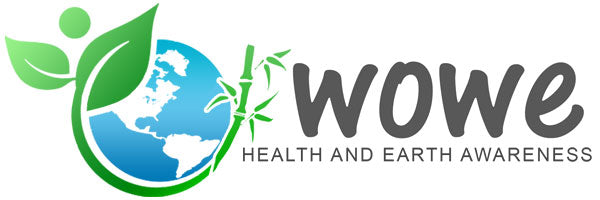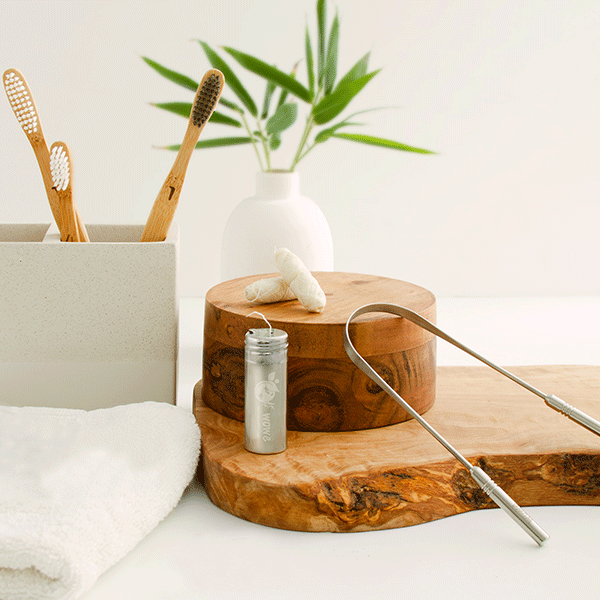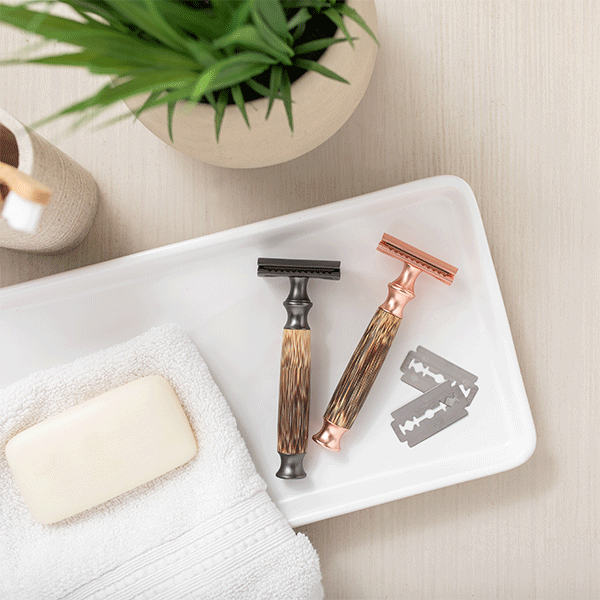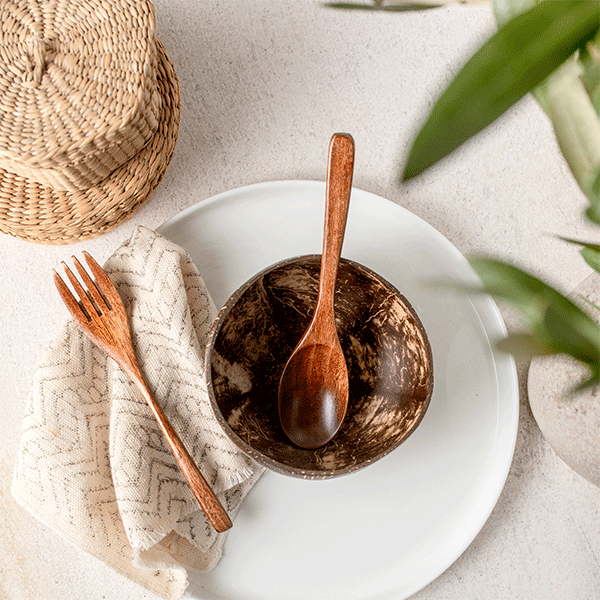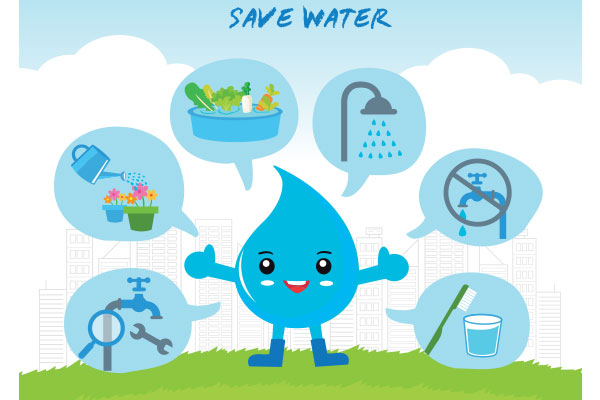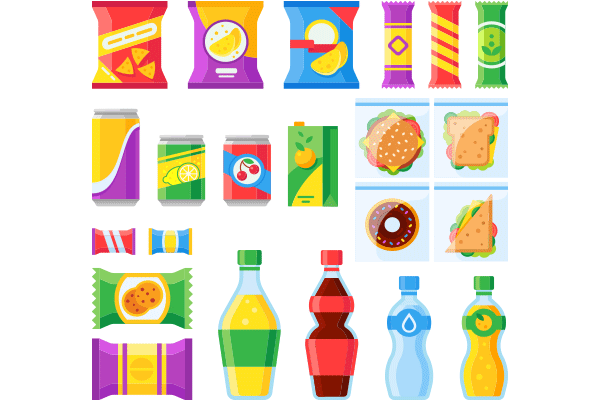March is here, which means those gloomy winter days are coming to a close. If you are like most people, you’ve been huddled up in your home awaiting warmer weather and accumulating a stockpile of useless items, dust, and general winter clutter. Now that spring has sprung, it is officially time to sweep off the cobwebs and start your spring cleaning to get your home ready for bright, sunny, summer days.
At Wowe Lifestyle, we create products and share advice for living a greener, cleaner life. Teaching people to be more mindful is at the core of what we do, and we pride ourselves on helping individuals discover the power they have to impart change. Making small changes to your routine can have an astronomical effect, reducing the amount of waste you generate while also teaching you new ways to be self-sufficient.
Before you start your spring cleaning routine, we want to share a few tips for making your spring cleaning a little more environmentally friendly. You may never have considered how the way you clean affects the environment, but in truth, there are lots of ways to reduce the waste generated by your cleaning routine. In this guide, we will cover 9 tips for reducing waste and making your spring cleaning as green as possible.
1. Sweep, Don’t Mop
Unless your floors are covered in mud, you can probably avoid the step of mopping this season. A good broom and dustpan can do wonders for a dirty floor, and you’d be surprised how much you can accomplish with a few simple rounds of sweeping. Mopping is time consuming, messy, and wasteful, requiring a large amount of water during the process. If you do need to mop, use the reusable variety, not one with disposable pads - using a few gallons of water is less wasteful than tossing these mostly-plastic non-woven items in the trash, but if you can avoid mopping, stick to sweeping instead!
2. Choose Non-Toxic Cleaners
Many cleaners contain toxic chemicals and pollutants that can be harmful to wildlife and the environment. Containing harsh and even poisonous ingredients, household cleaners flushed down drains build up pipes, drinking water, lakes, rivers, and oceans, polluting fish and other marine life while also impacting the quality of our drinking water. Rather than reaching for harsh chemical cleaners this spring, choose non-toxic options instead.
Many brands carry non-toxic cleaners made using natural ingredients and without harsh additives. If you don’t want to invest in non-toxic store-bought cleaners, you can also easily make your own! You’ll be shocked by how many things you can get sparkling clean with a little vinegar, water, and baking soda. Need some inspiration for creating your own DIY cleaning supplies? Check out our recipe to make your own eco-friendly toilet bowl cleaner.
3. Hang-Dry Your Laundry
Washers and dryers make the job of cleaning your clothing oh-so-easy, but they also happen to take up a lot of resources. While washers themselves are not the most eco-friendly appliance, utilizing a fair amount of water in the process of cleaning your clothes, replacing them with handwashing is a job that can take hours of effort. Instead, we want to encourage you to hang-dry your clothes, reducing the energy requirements of your laundry routine and saving on electricity.
This simple step can significantly reduce your carbon footprint, and reduce how much you spend monthly on your electricity. By simply hang-drying your clothes rather than tossing them in the dryer, the average household could reduce their yearly CO2 emissions by upwards of 2,400 pounds, and you’ll avoid the risk of shrinkage!
4. Use Rags, Not Paper Towel
Despite being made of paper, paper towels are non-recyclable and single-use, making them a generally wasteful product. Despite being an extremely wasteful product, Americans adore these disposable cloths, creating more than 3,000 tons of paper towel waste each and every day. Whether you use a paper towel to pick up a small spill, to clean your windows, or to get in the nooks and crannies of dusty corners, paper towels all end up in the same place: the landfill.
Instead of using paper towels to wipe down your home this spring, opt instead for rags and reusable cloth cleaning products. Cut up old clothes, towels, and bedding, and use the pieces to clean your home. Purchase heavy-duty cotton rags and use them over and over to get your home spotless without the single-use wastefulness.
5. Recycle or Donate Old Clothes
Spring is the time many of us decide it is time to clean out our closets, purging them of unwanted items, ruined items, and items we or our children have outgrown. While it is easy to stuff them all in a bag and toss them in the trash, consider taking a few extra steps to donate or recycle your old clothes.
Many cities offer clothing drop-off stations in parking lots and in public buildings, and virtually every city has its share of consignment and second-hand shops. If you don’t want someone else wearing your clothes, bring them to your nearest recycling facility so they can be properly disposed of rather than being sent straight to the dump.
6. Don’t Leave the Water Running
There is no way to avoid it, you are going to need to use water during your spring cleaning, but that doesn’t mean you have to be wasteful about it. Leave the water running only when you are filling a bucket, spray bottle, or other cleaning devices. Be sure to always turn off your faucet before continuing your work, and never leave a tap running unattended while you go off to do something else. Though a few seconds of extra run-time may only result in you losing a few cups, leaving the tap on for prolonged periods can result in gallons of wasted water.
7. Ditch Air Fresheners
Air fresheners may make your home smell like a department store, but could those delicious fumes be harming you or the environment? Due to lax regulations, many air freshener manufacturers do not readily disclose their chemical ingredients. Because of this, little is actually known about the fumes released by air fresheners, including whether they are safe or not. In fact, only around 10% of air freshener ingredients are disclosed to consumers, leaving room for concerns regarding the hidden impacts of air fresheners.
Rather than freshening up your home with an air freshener, try opening all your windows first to air out your home. As the fresh outdoor air passes through your home, it will help remove the smell of dust and grime built up over the winter. A few hours of open windows and your home will be back to smelling fresh and neutral. Want to add a scent to your home? Try an essential oil diffuser to sweeten the scent of the air without unnecessary chemicals.
8. Compost Old Food
Tackling the refrigerator is one of the worst parts of spring cleaning, but once it is done, the feeling of a freshly cleaned fridge is one of the best. Even if you don’t waste much food, plenty of us have a tendency to accumulate food and ingredients that simply go unused. Whether it be takeout items, leftovers, or those walnuts you thought you were going to make cookies with a year ago, you’ll want to get rid of rancid food products once spring rolls around.
Once you jump into the job of cleaning your fridge, be sure to separate out those items that can be composted. Leftover food, sauce remnants, eggshells, rotten veggies and fruit, and much more can be composted rather than thrown away, a more eco-friendly option than the landfill. You can create your own compost pile in your back yard, or you can bring your scraps to a local composting facility.
9. Cleanse Your Air with Plants
Plants are beautiful, but they can also help keep your home a little cleaner. Certain plants possess the ability to purify the air, absorbing and removing dust, toxins, CO2, and other pollutants from the atmosphere. If you choose the right plants, they can help keep your home clean and create a healthier breathing environment, helping you prevent illness, recover more quickly, reduce allergic reactions, and avoid inflammation. Simultaneously improving your air quality and reducing the amount of dusting you’ll have to do, plants will become your favorite dual-purpose accessory in no time. Some excellent air-cleaning plant choices include:
- Snake Plant
- Spider Plant
- Aloe Vera
- Weeping Fig
- Chinese Evergreen

